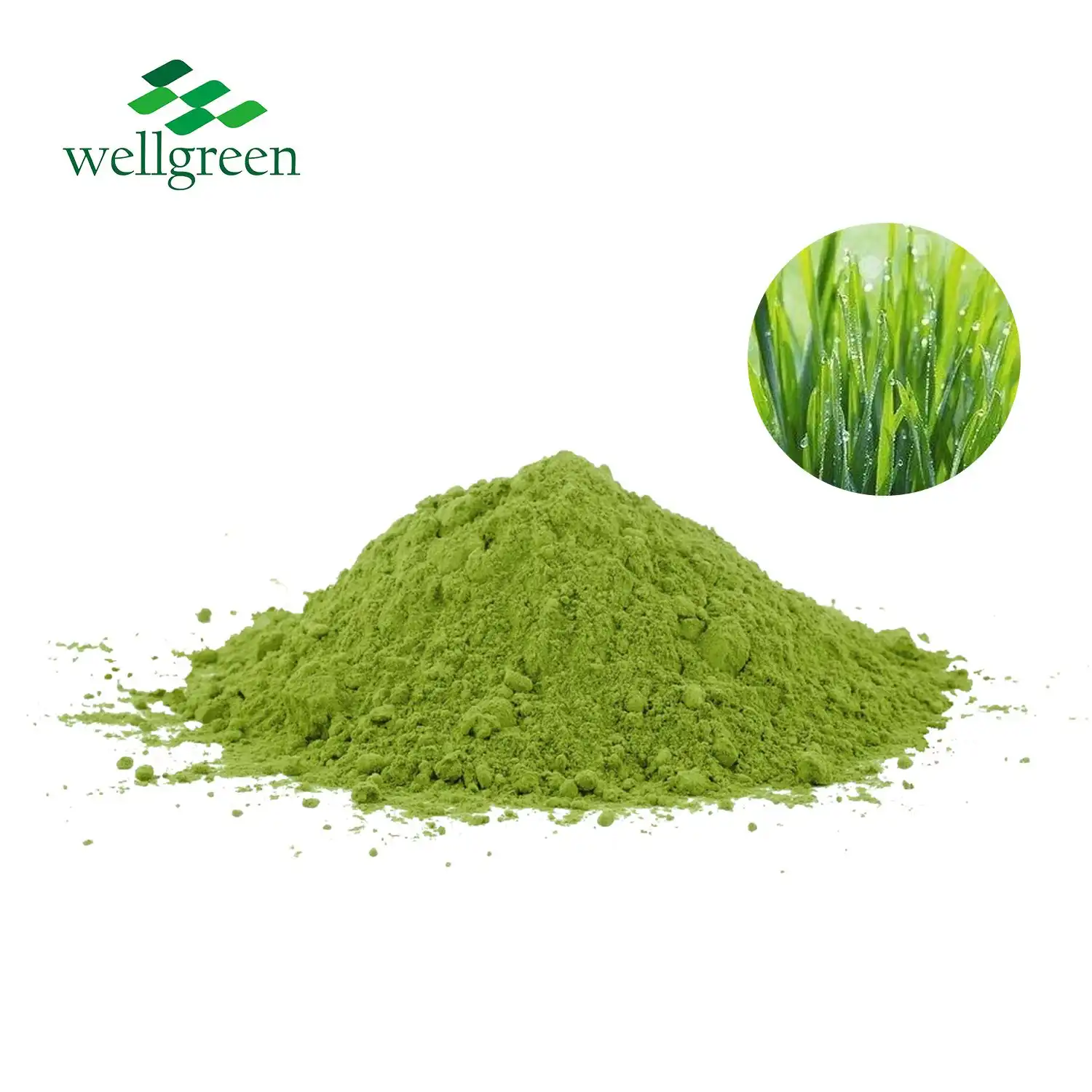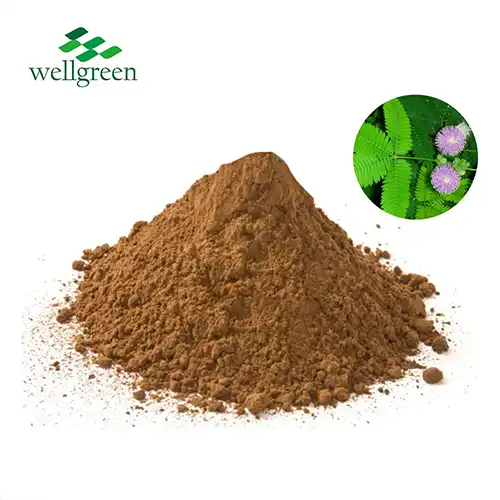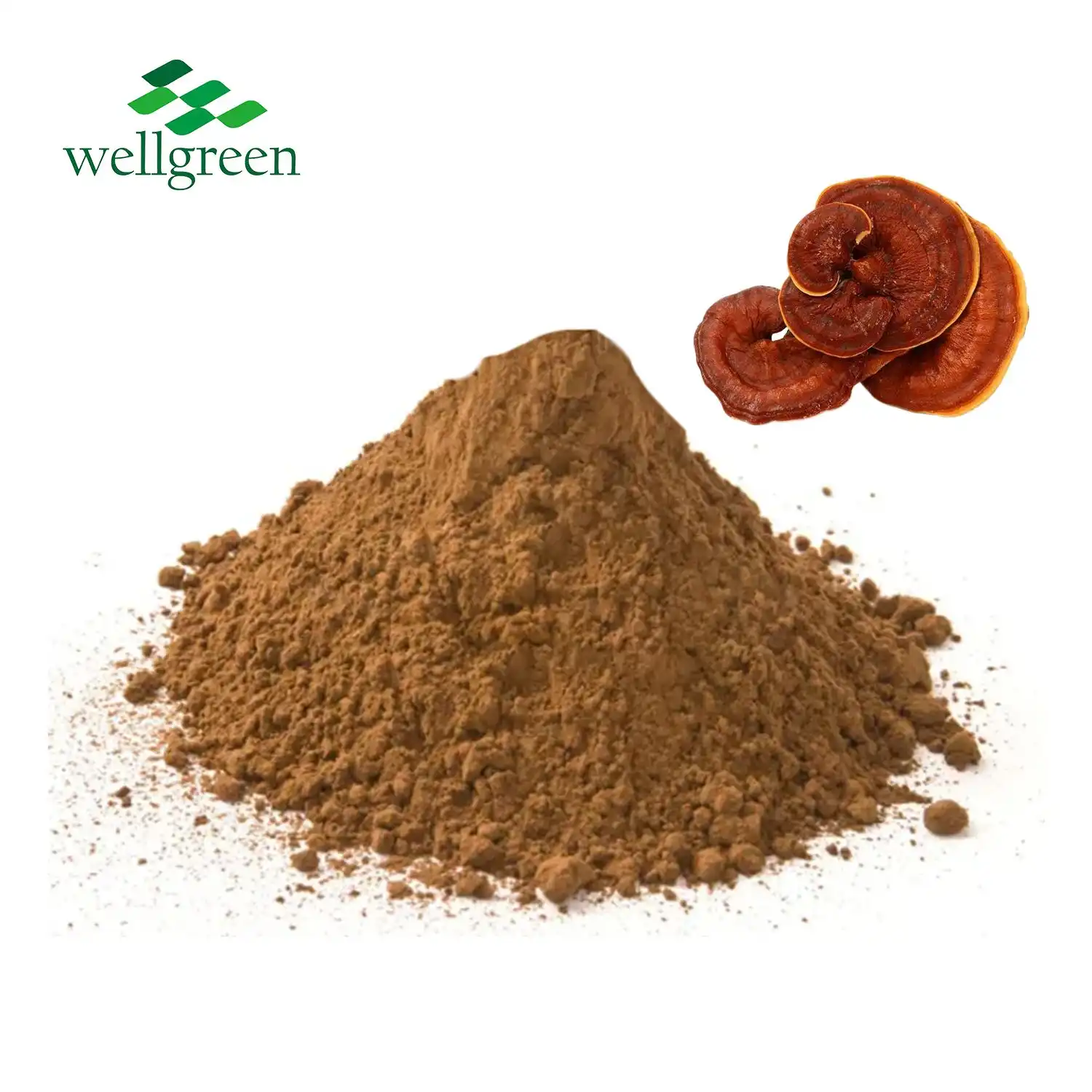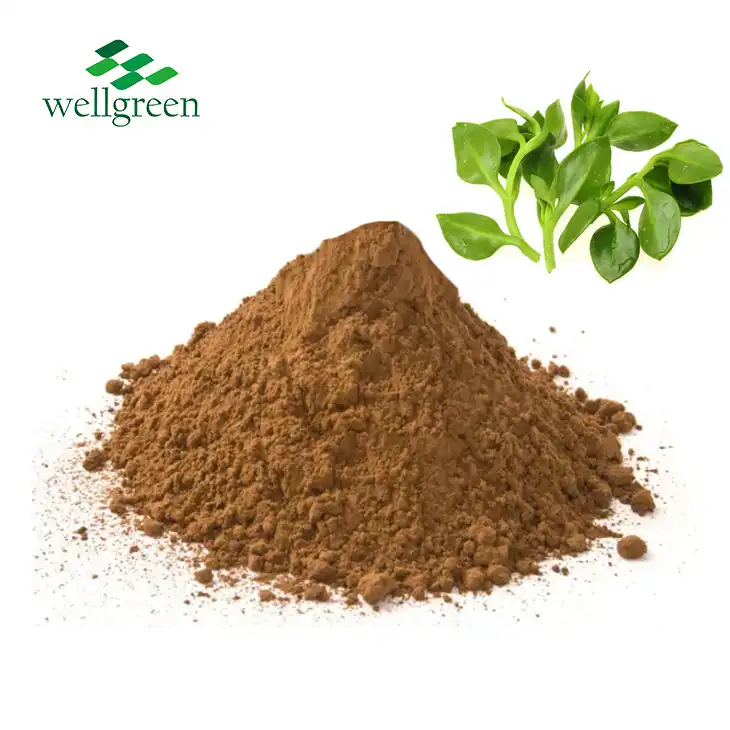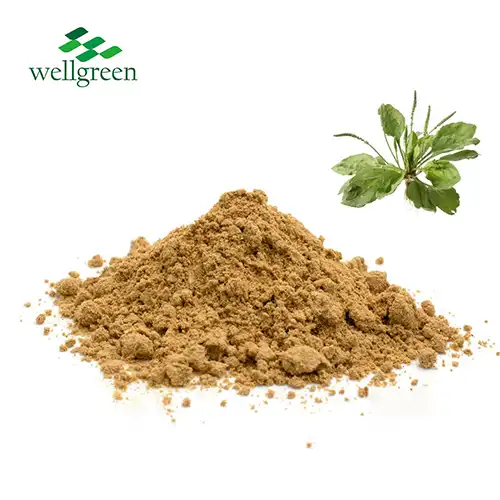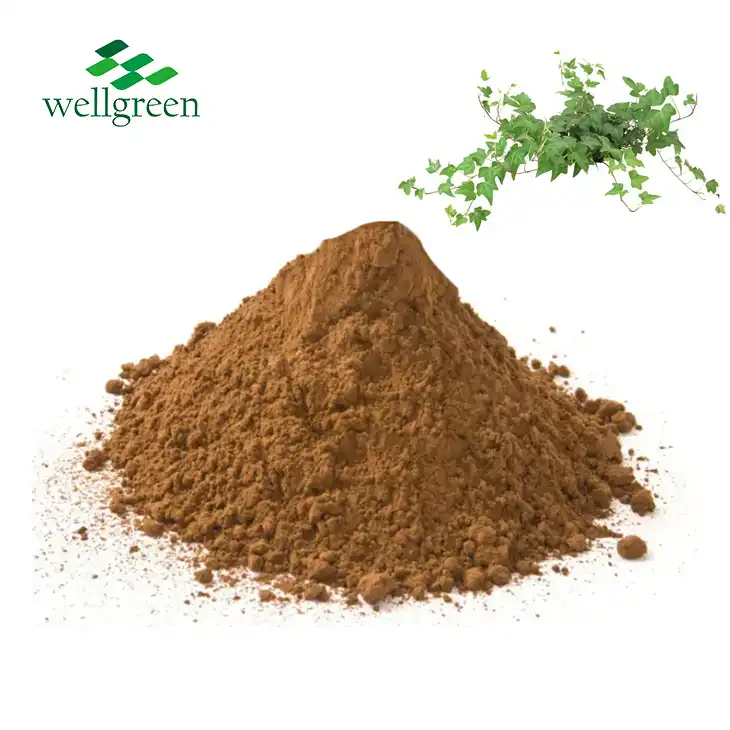What can teasel be used for?
2024-09-26 16:00:20
Teasel, a fascinating plant that has been used in traditional medicine for a long time, is getting more and more attention because of the potential benefits it offers. We will examine the various uses of teasel in this comprehensive guide, focusing on its most common form: Dipsacus asperoides extract and Himalayan teasel root extract are other names for this extract. We'll explore this remarkable botanical's many facets, from its traditional uses to contemporary research findings.
The History and Traditional Uses of Teasel
Ancient Medicinal Practices
Teasel has been a staple in traditional medicine systems for centuries. Its use can be traced back to ancient civilizations, where it was revered for its healing properties. In Traditional Chinese Medicine (TCM), teasel root, known as "Xu Duan," has been used to treat a variety of ailments, including bone and joint issues, liver and kidney problems, and even reproductive health concerns.
Folklore and Cultural Significance
Beyond its medicinal applications, teasel has held cultural significance in various societies. In some European traditions, it was believed to ward off evil spirits and protect against witchcraft. The plant's distinctive spiky appearance contributed to its mystical reputation and made it a popular subject in folklore and superstitions.
Historical Industrial Applications
Interestingly, teasel's uses extend beyond medicine and folklore. Historically, the dried flower heads of certain teasel species were used in the textile industry for carding wool, demonstrating the plant's versatility and importance in various aspects of human life.
Modern Applications of Himalayan Teasel Root Extract
Joint Health and Inflammation Management
The potential effect of Himalayan teasel root extract on joint health and inflammation management is one of the most promising areas of research. Dipsacus asperoides extract's compounds have been shown in studies to help alleviate the symptoms of osteoarthritis and reduce inflammation. The anti-inflammatory properties of the extract make it an intriguing option for those looking for natural joint support alternatives.
Bone Health and Prevention of Osteoporosis
Dipsacus root extract's Potential Benefits for Bone Health Have Been Discovered Through Research According to some studies, the extract may help increase bone density and stimulate bone formation.
Support Brain Health and Prevent Nerve Damage
In terms of preventing damage to nerve cells and possibly improving cognitive function, preliminary research has shown promise. These findings open up exciting possibilities for the extract's use in supporting brain health and possibly addressing neurodegenerative conditions, despite the need for additional research.
The Science Behind Teasel's Therapeutic Effects

Principal Bioactive Compounds
The abundance of bioactive compounds in Himalayan teasel root extract contribute to the product's therapeutic potential. These include phenolic compounds, triterpenoids, and iridoids, all of which contribute to the overall beneficial effects of the extract.
Mechanisms of Action
To fully appreciate the potential benefits of Dipsacus root extract, it is essential to comprehend how it functions in the body. The extract may have an impact on a number of physiological pathways, including those that control inflammation, regulate bone metabolism, and protect cells, according to research. The extract may support overall health and well-being in multiple ways by modifying these pathways.
Current Research and Prospects for the Future
With the growing interest in natural remedies, Dipsacus asperoides extract research is expanding. Despite the fact that many of these studies are still in their infancy, they highlight the exciting potential of this adaptable botanical extract.
Safety and Considerations When Using Teasel Extract
Potential Side Effects
Despite the fact that the majority of people believe it to be safe when used as directed, it is essential to be aware of the potential side effects. Some people may experience headaches, mild gastrointestinal discomfort, and allergic reactions. If you experience any side effects, you should stop using it and consult a doctor.
Interact with Some Medications
Like many herbal supplements, Dipsacus asperoides extract can interact with some medications. Before using the extract, consult your doctor if you are taking blood thinners, diabetes medications, or medications that affect liver function. Prescriptions' suitability or the likelihood of adverse effects may be altered by these collaborations.
Quality and Sourcing Considerations
The substance's effectiveness and safety can be significantly influenced by its purity and quality. When choosing a supplement, look for ones that come from reputable businesses and make use of high-quality, sustainable ingredients. Purity and potency testing by a third party can further guarantee product quality. Always read labels carefully and adhere to recommended dosage instructions to ensure safe and effective use.
Conclusion
The ability of Dipsacus root extract to support joint health, bone strength, and neuroprotection is only the tip of the iceberg. As research continues, we may discover even more ways this remarkable plant can benefit human health and well-being. However, as with any supplement, exercise caution when using it. Individual responses can vary, despite the promising potential benefits. Always seek advice from qualified medical professionals before adding new supplements to your regimen.
Are you interested in learning more about the product and how it might benefit your health? Xi'an wellgreen, a professional Plant Extract Powder manufacturer and supplier, offers high-quality Dipsacus Root Extract and a wide range of other plant-based products. With our GMP-certified factory, comprehensive certifications, and commitment to quality, we're here to support your wellness journey. For more information or to discuss your specific needs, please contact us at wgt@allwellcn.com.
References
1. Zhang, L., et al. (2019). "Traditional uses, pharmacological effects, and molecular mechanisms of Dipsacus species: A review." Journal of Ethnopharmacology, 239, 111916.
2. Chen, Y., et al. (2018). "Dipsacus asperoides: A review of traditional uses, phytochemistry, and pharmacology." Journal of Ethnopharmacology, 214, 182-201.
3. Wang, X., et al. (2017). "Osteoprotective effect of Dipsacus asper on ovariectomy-induced osteoporosis in rats." Phytomedicine, 34, 1-10.
4. Liu, M., et al. (2020). "Neuroprotective effects of Dipsacus asper saponins in a rat model of Alzheimer's disease." Journal of Ethnopharmacology, 253, 112686.
5. Yang, W., et al. (2016). "Anti-osteoporotic activity of Dipsacus asper wall extract: An in vitro and in vivo study." Phytomedicine, 23(11), 1147-1154.
6. Zhao, Y., et al. (2018). "Anti-inflammatory and antinociceptive activities of Dipsacus asperoides extract." Journal of Ethnopharmacology, 220, 35-41.

